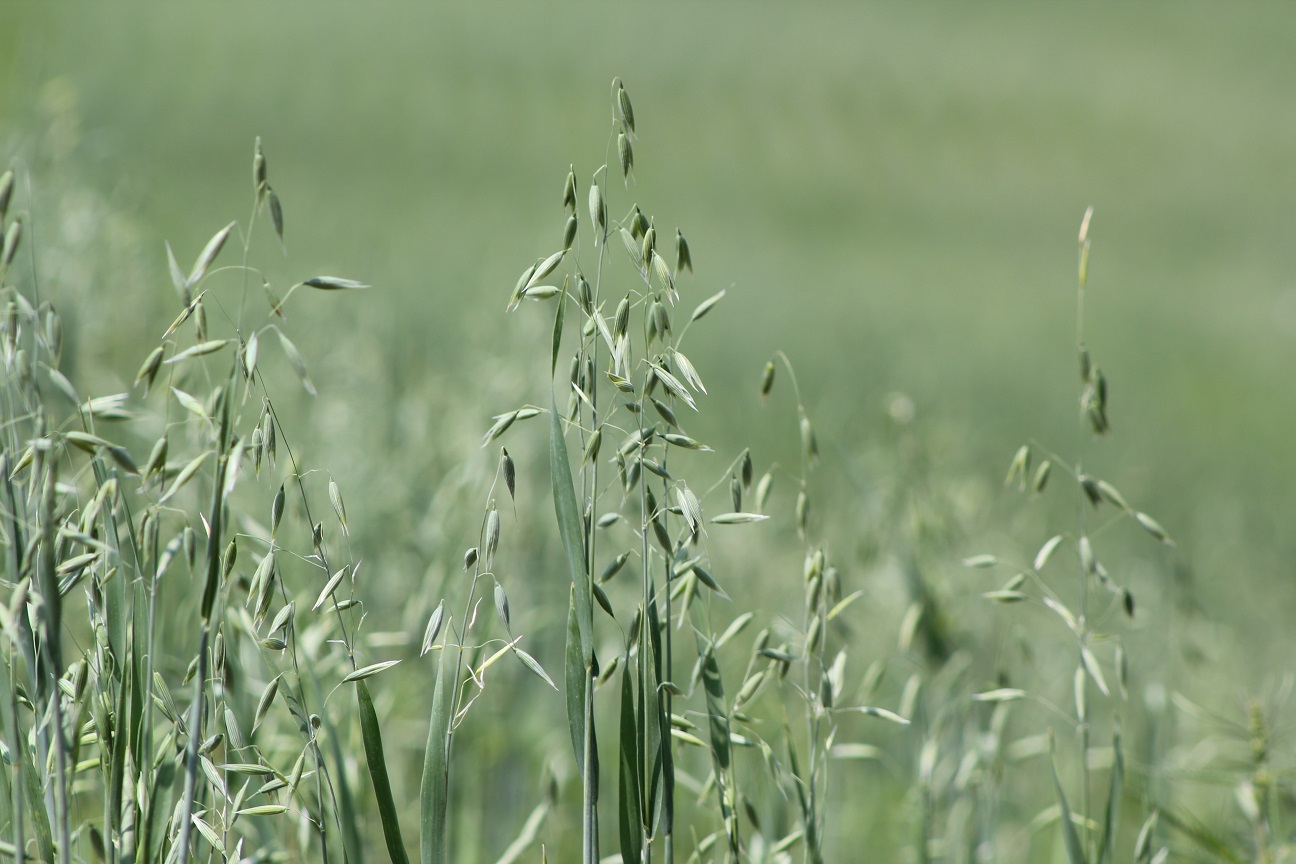By Karla H. Jenkins

The following BeefWatch article is a summary of the 2016 Beef Report article “Annual Forages following Irrigated Winter Wheat” by Karla Jenkins, Aaron Berger, and Gary Hergert. That Beef Report can be accessed at http://beef.unl.edu/documents/2016-beef-report/24-2016-Annual-Forages-following-Irrigated-Winter-Wheat.pdf .
Western Nebraska is a low rainfall area with annual rainfall ranging from 8 to 18 inches per year. Precipitation usually occurs in the early spring benefitting the predominately cool season grasses of this high altitude (3800-5000 ft.) area. Unfortunately, limited summer rainfall and declining quality of cool season pastures creates a challenge for producers needing a forage resource in the fall. Additionally, many areas of the High Plains are under irrigation restrictions so limited water is available for crops and forages. In this study, a sorghum-sudangrass hybrid, oats, and foxtail millet were evaluated at two irrigation levels following irrigated wheat. Dry matter production, total digestible nutrients (TDN), crude protein (CP), and nitrates (NO3) were measured.
The first year of the study was 2012 which was an extremely hot and dry year. Although it was intended to have minimal irrigation levels, the researchers thought it was important to have one level unrestricted. As a result, due to the heat and drought, the two levels were 4” and 8”. In 2012, regardless of planting date and irrigation level, the sorghum-sudangrass hybrid produced more dry matter tons than oats and millet (2.0 vs. 1.3 and 1.2, respectively). In the second year, 2013, there were late summer rains and the irrigation levels were 4” and 5”. In 2013, the sorghum-sudangrass hybrid and oats produced more dry matter tons than millet (1.0 and 1.1 vs. 0.64, respectively). The earlier forages could be planted, the more dry matter tons were produced before frost. Due to the dry conditions in 2012, the wheat was harvested early in July so the two planting dates for the annual forages were 7/18/2012 and 8/02/2012. In 2013, a more traditional year for moisture and temperature, the annual forages were not planted until 8/05/2013 and 8/20/2013.
Forages were harvested 9/26/2012 and 10/08/2013. Forage quality was inversely related to dry matter production. However, all forage quality was acceptable with the lowest CP being over 10% DM and TDN being at least 60% DM, regardless of planting date and irrigation level. In 2012 all forages had NO3 levels between 2600-4400 ppm. This would have been a concern because safe levels are below 1500 ppm. However, samples were collected from forage left standing the following March of both years and the NO3 level had dissipated to below 1500 ppm in all forages. Due to most of the moisture in this region coming in the spring, forage quality changed very little over the winter and would have made these forages a good option for standing hay.
In western Nebraska, the window for planting forages after wheat harvest is very narrow. The earlier the forage can be planted the more likely the resulting tonnage will make it worthwhile. Forage quality would have provided acceptable gains whether harvested as hay or left for standing forage in the winter.
Source:unl.edu